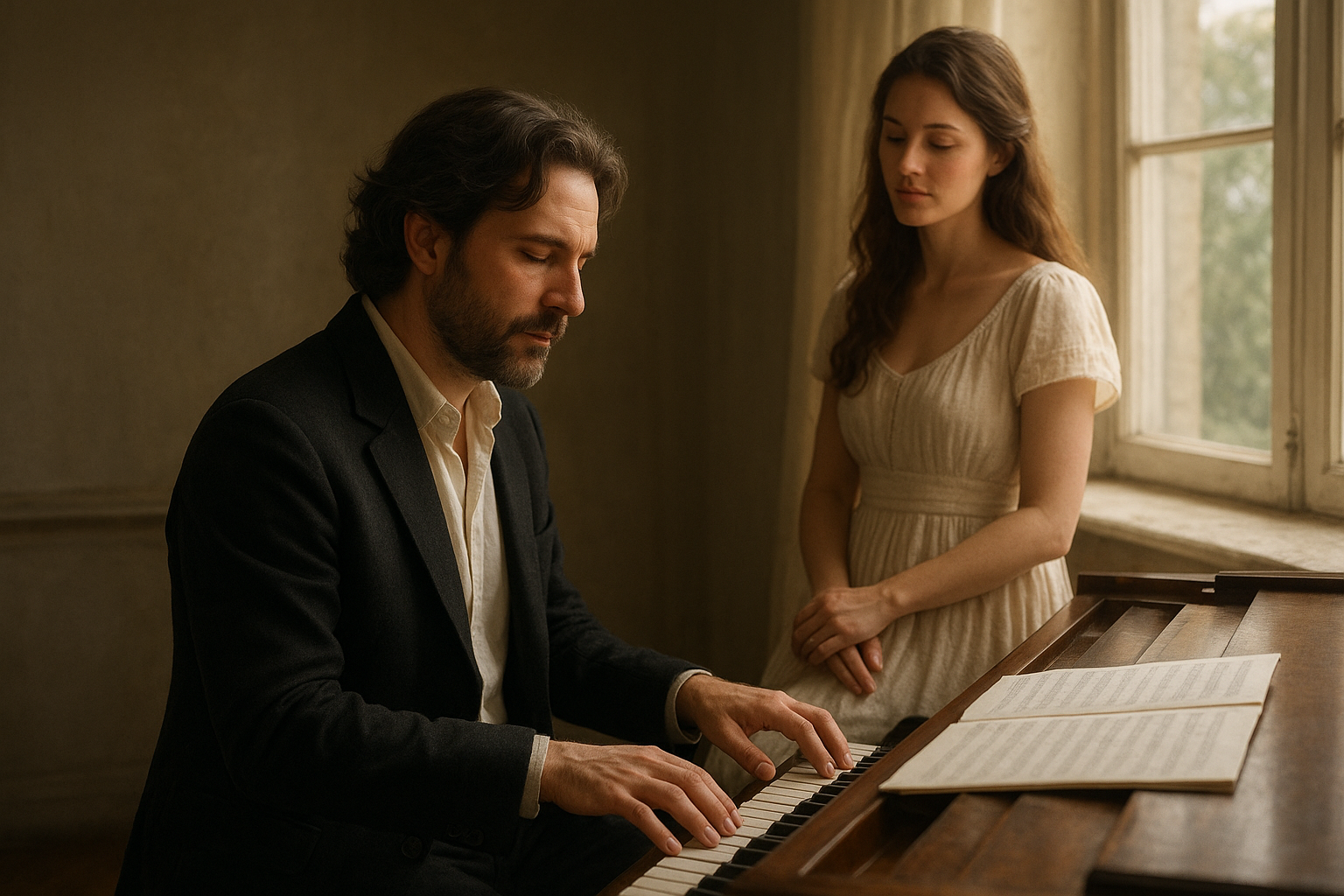Music is a powerful force, transcending time and space to touch the very essence of human emotion. Behind many of the world’s greatest compositions lies a story of inspiration. Often, these stories are centered around muses—be they people, places, or even the divine. This article explores the muses of some renowned composers and how these influences shaped their iconic works.
Beethoven and the “Immortal Beloved”
Ludwig van Beethoven, one of the most celebrated composers in history, is known for creating deeply emotive and enduring music. An enigmatic figure in his life was the “Immortal Beloved,” to whom he penned a passionate letter expressing endless devotion and longing.
“My angel, my all, my very self… Can our love last otherwise than through sacrifices, than by not demanding everything?”
This mysterious woman, though her identity remains uncertain, undoubtedly fueled some of Beethoven’s most heartfelt compositions. His Piano Sonata No. 14, popularly known as the “Moonlight Sonata,” is believed to be inspired by his deep emotional states during his interaction with his muse.
Clara Schumann and Johannes Brahms
The relationship between Clara Schumann, an accomplished composer and pianist in her own right, and Johannes Brahms is marked by deep admiration and mutual inspiration. Despite Brahms’s intense feelings for Clara, they remained dear friends throughout their lives.
“I constantly have to be thinking of you and I would like to devote every note to you.”
Brahms’s deep affection is evident in works like his Violin Concerto in D Major, where Clara’s influence is apparent in the emotional depth and technical intricacies of the music. Their correspondence and music exchange turned their personal and musical relationship into an artistic muse for Brahms.
Frédéric Chopin and George Sand
The tumultuous relationship between Frédéric Chopin and the French writer George Sand was filled with both passion and conflict but remained a significant source of inspiration for Chopin during the decade they spent together. Sand was more than just a companion; she was a creative force that ideally complemented Chopin’s introspective nature.
“I tell you all this so that you will understand how we lived then. I absorbed so much love and art and life in those walls.”
The intense emotional experiences during this period in Majorca and later in Nohant were reflected in his Preludes, opuses such as the famous “Raindrop Prelude,” offering a profound glimpse into Chopin’s emotional state and the influences of Sand’s presence.
Igor Stravinsky and Ballet
Igor Stravinsky’s career as a composer was distinctively shaped by his collaborations with the Russian ballet impresario Sergei Diaghilev. Diaghilev’s innovative visions for the Ballet Russes inspired Stravinsky to compose some of his most iconic works, including The Firebird, Petrushka, and the groundbreaking The Rite of Spring.
These collaborations illustrated the profound influence of the art of ballet on Stravinsky’s music, driving him to explore new musical frontiers and revolutionize the landscape of 20th-century classical music.
Hildegard von Bingen’s Divine Inspirations
Medieval composer and mystic Hildegard von Bingen is renowned for her philosophical works and sacred music. Her compositions were often inspired by visions she described as divine. Hildegard’s music, such as “Ordo Virtutum,” is viewed as divinely inspired, composed as a result of her mystical experiences.
“I am but a feather on the breath of God.”
For Hildegard, these heavenly visions were not only a source of personal inspiration but also a spiritual guide underscoring her contributions to the religious and musical landscape of her time.
Conclusion
The relationship between composers and their muses is a tapestry woven with creativity, emotion, and sometimes divine inspiration. These stories reflect how personal connections and unique experiences influence the art of music composition. From Beethoven’s mysterious love to Stravinsky’s collaboration with ballet, these muses have left an indelible mark on their work, providing us with masterpieces that continue to resonate through time.
For further reading on these remarkable relationships, consider exploring Encyclopedia Britannica and Oxford Music Online.
